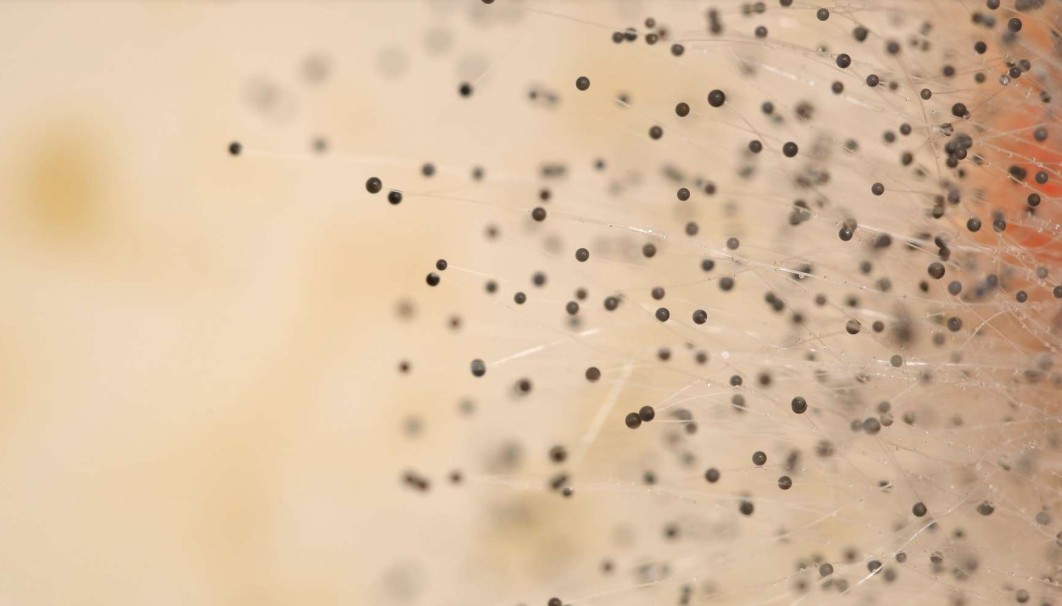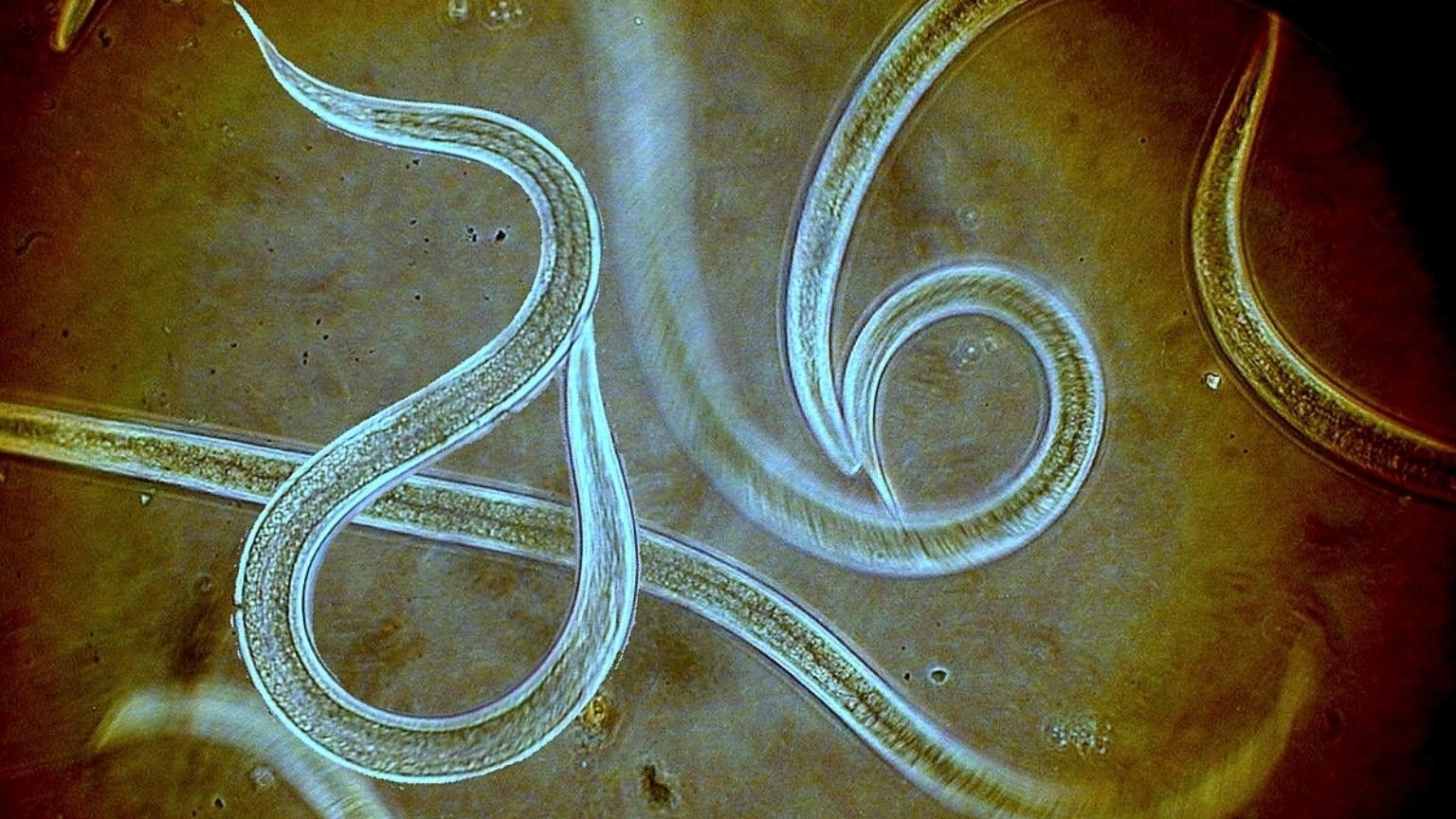Ehlers-Danlos syndrome (EDS) is a group of inherited connective tissue disorders characterized by joint hypermobility, skin hyperextensibility, and tissue fragility. It was first described by Hippocrates in 400 BC, and in 1901, Ehlers and Danlos reported it as a distinct disorder. EDS affects individuals of all races and ethnic backgrounds, with an estimated prevalence of 1 in 5,000 worldwide.
EDS has several different forms, including classical EDS, hypermobility EDS, vascular EDS, and several rare subtypes. The primary forms are caused by mutations in genes that affect the production and/or structure of collagen, a major component of connective tissue. Secondary forms may occur as a result of other medical conditions or environmental exposures but are much less common.
There is some evidence to suggest that mold exposure and chronic Lyme disease may be correlated with EDS, but more research is needed to establish a clear link. The pathological process by which EDS disrupts collagen production involves a defect in the synthesis, processing, or secretion of collagen molecules, leading to weak or abnormal connective tissue.
The symptoms of EDS vary depending on the type and severity of the disorder but may include joint pain, hypermobility, skin hyperextensibility, easy bruising, and organ prolapse. There are several assessment tools and diagnostic tests that can be used to diagnose EDS, including the Beighton score, skin biopsy, and genetic testing.
There is currently no cure for EDS, and treatment is focused on managing symptoms and preventing complications. Natural supports such as vitamin C and collagen supplements may be helpful in improving skin and joint health, but more research is needed to establish their efficacy.
References:
-
Malfait F, Francomano C, Byers P, et al. The 2017 international classification of the Ehlers-Danlos syndrome. Am J Med Genet C Semin Med Genet. 2017;175(1):8-26. doi:10.1002/ajmg.c.31552
-
Beighton P, Solomon L, Soskolne CL. Articular mobility in an African population. Ann Rheum Dis. 1973;32(5):413-418. doi:10.1136/ard.32.5.413
-
Giunta C, Baumann M, Fauth C, Lindert U, Abdalla EM, Brady AF, Collins J, Dordoni C, Drera B, Graul-Neumann L, Haan E, Hennig F, van der Hout A, Kraenzlin M, Kraenzlin C, Marcelis C, Martinez-Glez V, Mendoza-Londono R, Neumann L, et al. A cohort study of 281 patients with Ehlers-Danlos syndrome confirms 11 type and 12 type as distinct entities. Sci Rep. 2018;8(1):13068. doi:10.1038/s41598-018-31266-z
-
Castori M, Tinkle B, Levy H, Grahame R, Malfait F, Hakim A. A framework for the classification of joint hypermobility and related conditions. Am J Med Genet C Semin Med Genet. 2017;175(1):148-157. doi:10.1002/ajmg.c.31539
-
Rombaut L, Malfait F, Cools A, De Paepe A, Calders P. Musculoskeletal complaints, physical activity and health-related quality of life among patients with the Ehlers-Danlos syndrome hypermobility type.



